Whirlpool Galaxy By Alessandro Falesiedi

Whirlpool Galaxy by Alessandro Falesiedi
js
More Posts from Alitheastronomer and Others

Caldwell 24, NGC 1275, Perseus A | May 1, 2003

Tilt-shift photo of the space shuttle Endeavor by NASA

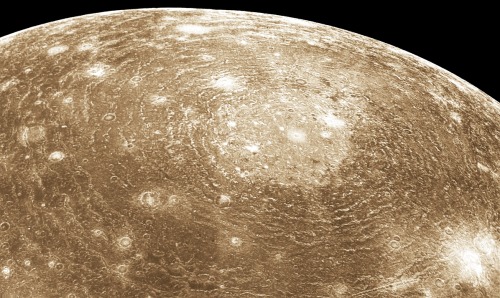
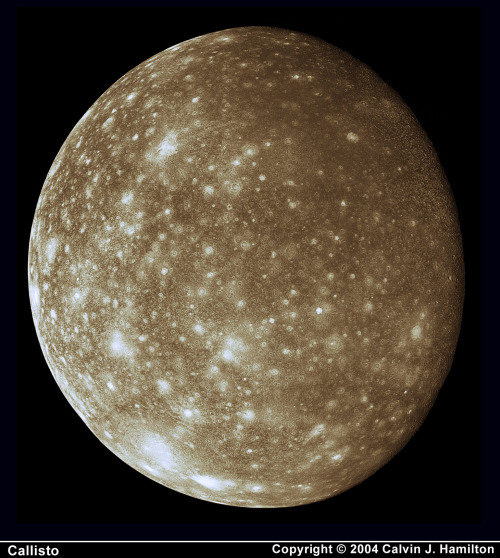
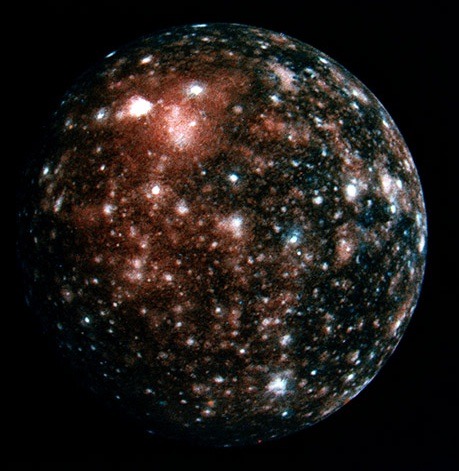

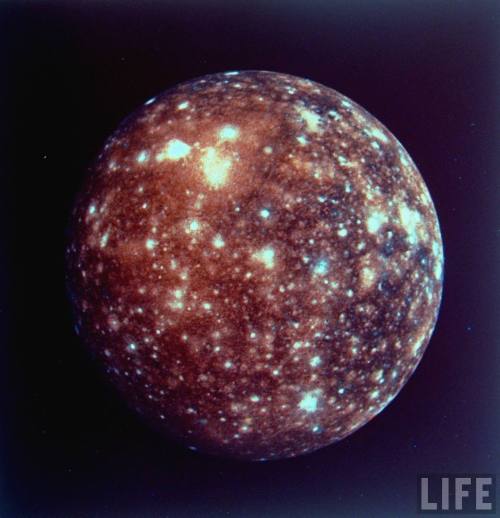
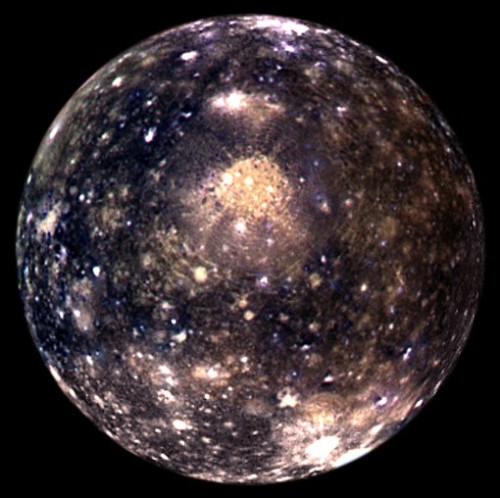

Jupiter’s moon, Callisto.







Pluto (bottom image) with various other non-planets.
Since everyone has their knickers in a knot over Pluto not being a planet, here are various different celestial objects who are also not classified as planets. You’ll notice, just because it’s not called a “planet” doesn’t mean it isn’t cool.
Let us be reminded, there is no heirarchy of celestial bodies. It wasn’t necessarily “demoted” from planethood, it was simply reclassified as something else. There’s literally no reason to be emotionally attatched to the idea of Pluto’s planetary classifaction.
But what “classifies” a planet anyway?
According to the International Astronomical Union, there are 3 basic requirements that it must meet: 1) It orbits the sun 2) Sufficient mass to assume a “hydrostatic equilibrium” (meaning it’s mostly shaped like a globe) 3) Has “cleared its neighborhood” in its orbit.
The third one is where Pluto fails. What they mean by “clearing the neighborhood” is that the orbital path is good and clear. Every planet will still collide with something now and then but their orbital paths are not occupied by anything that is similar to the size of the planet itself. They’re not really in danger of running into much of anything except maybe an asteroid or a comet that might enter their path and collide.
In addition, here is an image showcasing the dwarf planets of the solar system. Pluto isn’t alone in it’s classification.

So don’t be sad over Pluto not being a planet, you’re just being melodramatic. Wipe your tears away with some scientific literacy. ;)


Hickson 91 in Piscis Austrinus by Johannes Schedler
More cool space words:
Apastron: the point where two binary stars are farthest apart.
Azimuth: distance of an object in angular.
Bolide: an especially bright meteor, especially one that explodes in the atmosphere (also called fireballs!).
Catena: a chain or series of craters.
Ejecta: material that is strewn about a crater by an impact, usually a meteorite or other similar object.
Ephemeris: a table that lists the positions of the sun, moon, and planets by date.
Heliosphere: the magnetic bubble of space that contains our solar system, solar wind, and the entire solar magnetic field. It is so large it goes beyond pluto's orbit.
Meridian: an imaginary circle that goes through the north and south poles, and the zenith and nadir of a location.
Nadir: the point in the sky directly underneath you.
Nova: when a dying star suddenly flares in brightness. The star becomes thousands of times its original luminosity.
Prominence: an explosion on the surface of the Sun.
Singularity: the impossibly small space in the center of a black hole where density and gravity are infinite, and space-time curves infinitely.
Spicules: a jet of gas ejected from the sun's atmosphere that resembles grass.
Supernova: one of the most powerful forces in the universe. When a star uses up all of its fuel it ends its life in a spectacular and devastating explosion.
Terminator: line on a planetary body that separates the light side from the dark side.
Umbra: the darkest part of a shadow.
Zenith: the point in the sky directly overhead.
Zodiac: an imaginary belt across the sky that the sun, moon, and planets are always in. The zodiac is made up of 12 constellations.
pretty space words
aphelion - the point in the orbit of a planet, asteroid, or comet at which it is farthest from the Sun. astral - relating to or resembling the stars. caldera - a large volcanic crater, especially one formed by a major eruption leading to the collapse of the mouth of the volcano. celestial - positioned in or relating to the sky, or outer space as observed in astronomy. constellation - a group of stars forming a recognizable pattern. cosmos - the universe seen as a well-ordered whole. equinox - the time or date at which the sun crosses the celestial equator, when day and night are of equal length. faculae - bright patches that are visible on the Sun’s surface. lunation - the interval of a complete lunar cycle, between one new Moon and the next. interstellar - occurring or situated between stars. nebula - a cloud of gas and dust in outer space, visible in the night sky either as an indistinct bright patch or as a dark silhouette against other luminous matter. perihelion - the point in the orbit of a planet, asteroid, or comet at which it is closest to the Sun. synodic - relating to or involving the conjunction of stars, planets, or other celestial objects.
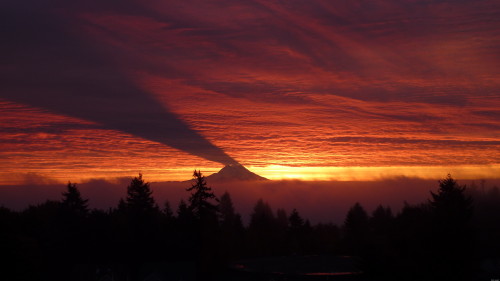
Mount Rainier shadow casts on the sky at sunrise. It only happens when the sun rises farther to the south and has to be in the exact position to where Rainier blocks the first rays of morning light. (Source)










Striking views of our Solar System
Otherworlds: Visions of our Solar System can be seen at the Natural History Museum, London, from 22 January - 15 May 2016.
All credits on the link above
-
 gemini-vibes20 liked this · 2 years ago
gemini-vibes20 liked this · 2 years ago -
 daemondamian liked this · 6 years ago
daemondamian liked this · 6 years ago -
 lordblackjesus reblogged this · 6 years ago
lordblackjesus reblogged this · 6 years ago -
 lazyloverrascaloaf-blog liked this · 6 years ago
lazyloverrascaloaf-blog liked this · 6 years ago -
 verminviscount liked this · 6 years ago
verminviscount liked this · 6 years ago -
 i-eat-jam-4-breakfast liked this · 6 years ago
i-eat-jam-4-breakfast liked this · 6 years ago -
 smallfryingpan liked this · 6 years ago
smallfryingpan liked this · 6 years ago -
 o-deadan liked this · 6 years ago
o-deadan liked this · 6 years ago -
 simonarey liked this · 6 years ago
simonarey liked this · 6 years ago -
 i-s-d-m-8 liked this · 6 years ago
i-s-d-m-8 liked this · 6 years ago -
 decadentsuittimemachine reblogged this · 6 years ago
decadentsuittimemachine reblogged this · 6 years ago -
 amandathescarlet-reblog reblogged this · 6 years ago
amandathescarlet-reblog reblogged this · 6 years ago -
 amandathescarlet liked this · 6 years ago
amandathescarlet liked this · 6 years ago -
 ajc18615425 liked this · 6 years ago
ajc18615425 liked this · 6 years ago -
 carvingpotatoes liked this · 6 years ago
carvingpotatoes liked this · 6 years ago -
 the-knight-who-sayeth-ni liked this · 6 years ago
the-knight-who-sayeth-ni liked this · 6 years ago -
 nogthegingerninja liked this · 6 years ago
nogthegingerninja liked this · 6 years ago -
 indelliblemercinary liked this · 6 years ago
indelliblemercinary liked this · 6 years ago -
 16fahri liked this · 6 years ago
16fahri liked this · 6 years ago -
 tngbabe liked this · 6 years ago
tngbabe liked this · 6 years ago -
 starkravingmeh liked this · 6 years ago
starkravingmeh liked this · 6 years ago -
 yourawkwardbean liked this · 6 years ago
yourawkwardbean liked this · 6 years ago -
 afterthedragonflies liked this · 6 years ago
afterthedragonflies liked this · 6 years ago -
 cruz-world liked this · 6 years ago
cruz-world liked this · 6 years ago -
 deluision liked this · 6 years ago
deluision liked this · 6 years ago -
 drummerjoe1965 liked this · 7 years ago
drummerjoe1965 liked this · 7 years ago -
 tertiarytrinity reblogged this · 8 years ago
tertiarytrinity reblogged this · 8 years ago -
 nectarmarginal-blog reblogged this · 8 years ago
nectarmarginal-blog reblogged this · 8 years ago -
 virgo00yogi reblogged this · 8 years ago
virgo00yogi reblogged this · 8 years ago -
 passion-images liked this · 8 years ago
passion-images liked this · 8 years ago -
 xbox76098 liked this · 8 years ago
xbox76098 liked this · 8 years ago -
 el-escritor-marchito reblogged this · 8 years ago
el-escritor-marchito reblogged this · 8 years ago -
 zombies-with-radios reblogged this · 8 years ago
zombies-with-radios reblogged this · 8 years ago